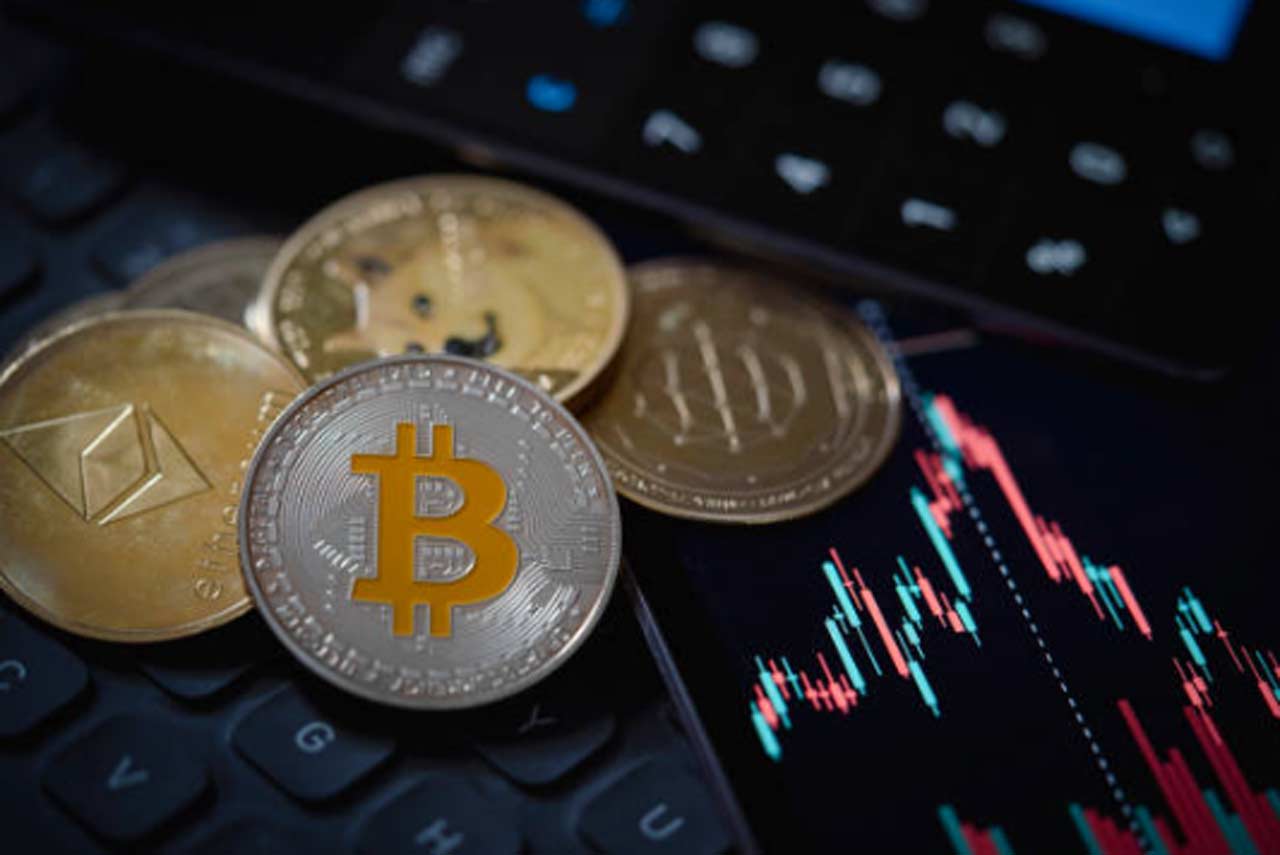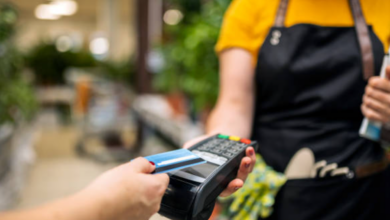In the year 2016, The DAO, a pioneer of its kind among decentralised autonomous organisations (DAOs), grabbed the interest of the cryptocurrency world. However, a significant breach of The DAO resulted in massive Ether losses for its participants.
The aftermath of this incident sparked numerous vital questions about the security robustness and resilience of both DAOs and smart contracts.
Understanding the Idea of a DAO
A DAO is an autonomous, blockchain-powered organisation anchored on smart contracts. It serves as a platform for collective decision-making and resource allocation driven by consensus. DAOs are typically built on ETH-like blockchain infrastructures, enabling value transactions and execution of smart contracts.
A Brief on ‘The DAO’ Story
The DAO was introduced in 2016 over the ETH platform with the objective of becoming a decentralised version of Airbnb. Despite securing over $100 million in funding from over 11,000 members within 28 days, flaws in its code resulted in major setbacks.
A hacker exploited these vulnerabilities in June 2016, syphoning off $70 million and triggering legal concerns, along with the development of a new child DAO plagued by similar issues.
Outcomes of the Breach
The breach sparked debates over the technology’s maturity and its susceptibilities. The Ethereum community was at odds over how to respond to this crisis.
Initially, discussions revolved around implementing a ‘soft fork,’ wherein those impacted would have their transactions reversed. However, this approach contradicted the immutable principles of blockchain technology, making it a challenging proposition. The community eventually agreed upon a ‘hard fork’, reversing all transactions and birthing a revamped version of Ethereum.
This hard fork drew contention and divided the Ethereum community, with individuals arguing it contradicted the fundamental ideals of blockchain technology.
Final Thoughts
Today’s advanced auditing and verification for smart contracts have significantly fortified transactional safety, reducing vulnerability spots and guaranteeing asset safeguarding for users. The DAO attack underscored the criticality of extensive code reviews and safety measures within budding technologies such as blockchain, providing an instructive precedent for the crypto arena.









